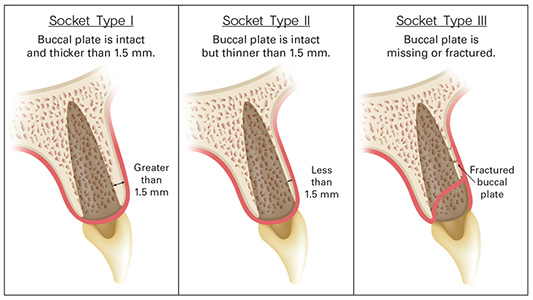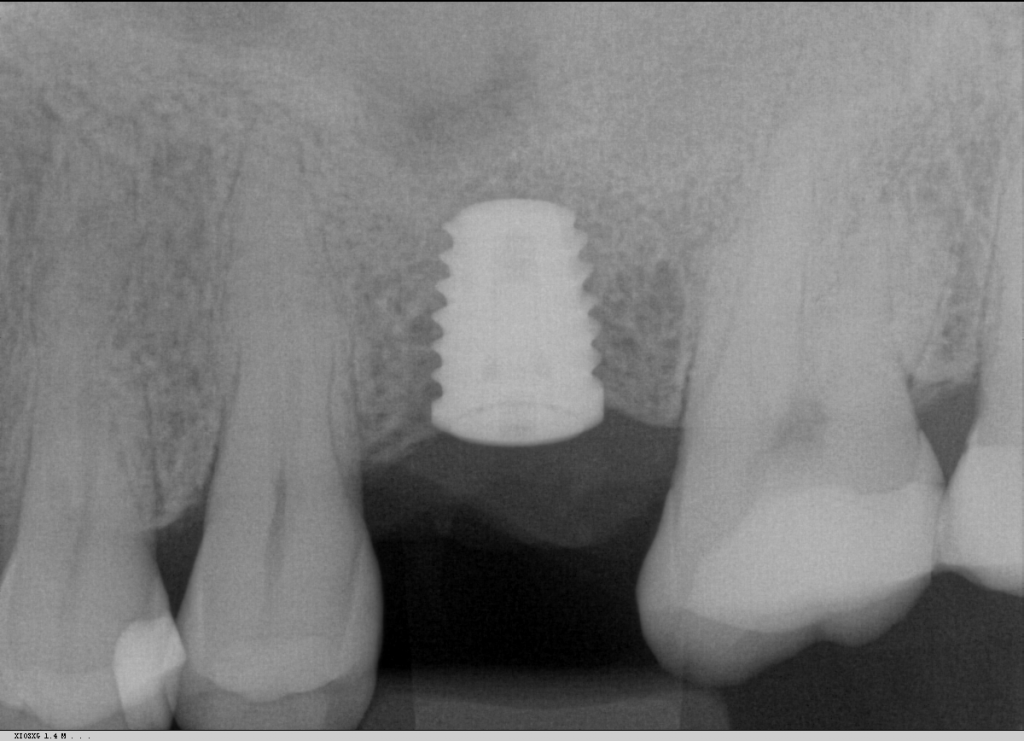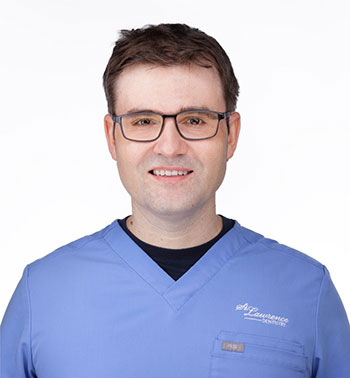Residents of Mississauga are increasingly seeking long-lasting, natural-feeling tooth replacements.
Dental implants have become the premier choice for tooth replacement due to recent technological advancements. Ensuring the success of implant therapy begins at the time of tooth extraction.

When a tooth is removed, the alveolar bone surrounding it often resorbs, particularly the buccal plate (the bone facing the cheek). This natural resorption can hinder implant placement, as a good amount of bone volume is necessary. If the buccal plate is lost during tooth removal, an implant will not be feasible without advanced bone augmentation procedures, which are time-consuming, costly, and sometimes unpredictable. Therefore, it’s best to preserve the bone at the time of tooth removal by replacing it with a bone substitute.
More patients want dental implants but prefer to avoid multiple surgical stages. Additionally, they don’t want their adjacent natural teeth ground down for a dental bridge placement.
Dr. Allan Hawryluk can protect the bone surrounding a tooth socket with a minor procedure that saves as much bone as possible. This significantly increases the likelihood of a solid dental implant that can last indefinitely. The material placed into the extraction socket acts as a matrix for your own bone to grow. Once particulate bone is placed into the socket, your existing bone starts forming between the granules, and a blood supply in the socket regenerates. Eventually, your body’s osteoclasts (which break down bone) and osteoblasts (which build new bone) work together to form new bone in the area.

There are specific requirements for the available bone needed for Dr. Hawryluk to place a strong dental implant:
- There must be 3mm of bone separating two implants.
- There must be 1.5mm between an implant and the adjacent tooth.
- At least 2mm of bone is needed on the buccal surface where the implant is to be placed.
In our practice, we sometimes place an implant below the crest of the bone, where it is thicker, to minimize the amount of bone grafting needed. Additionally, at least 3mm of soft tissue should be present around an implant for long-term survival.

Dental implants are successful due to osseointegration, the fusion between implants and bone. This concept was discovered by Dr. Per-Ingvar Branemark, who found that titanium can fuse with bone. Bone density matters significantly; in soft bone, it is harder to achieve osseointegration. To improve stability in such cases, Dr. Hawryluk may use an undersized drilling protocol.
If bone density is minimal, such as when a patient is on osteoclastic inhibitor medication like Fosamax, it could affect the body’s ability to form bone around an implant. We always take a detailed medical history before implant placement to ensure you are a suitable candidate. This may mean a longer integration time for the implant with your bone. Fortunately, with advanced Biohorizons Laser-Lok technology, healing times can be reduced even in these situations.

If you live in the Mississauga area and would like to learn more about the new generation of implant solutions available, please call our office and book an appointment.
Dr. Allan Hawryluk
Dentist at St. Lawrence Dentistry
- St. Lawrence Dentistry Looks Forward To St. Patrick’s Day! - March 12, 2025
- Understanding Dental X-Rays and Radiation: What You Should Know - January 13, 2025
- Happy New Year from St. Lawrence Dentistry! - December 30, 2024










